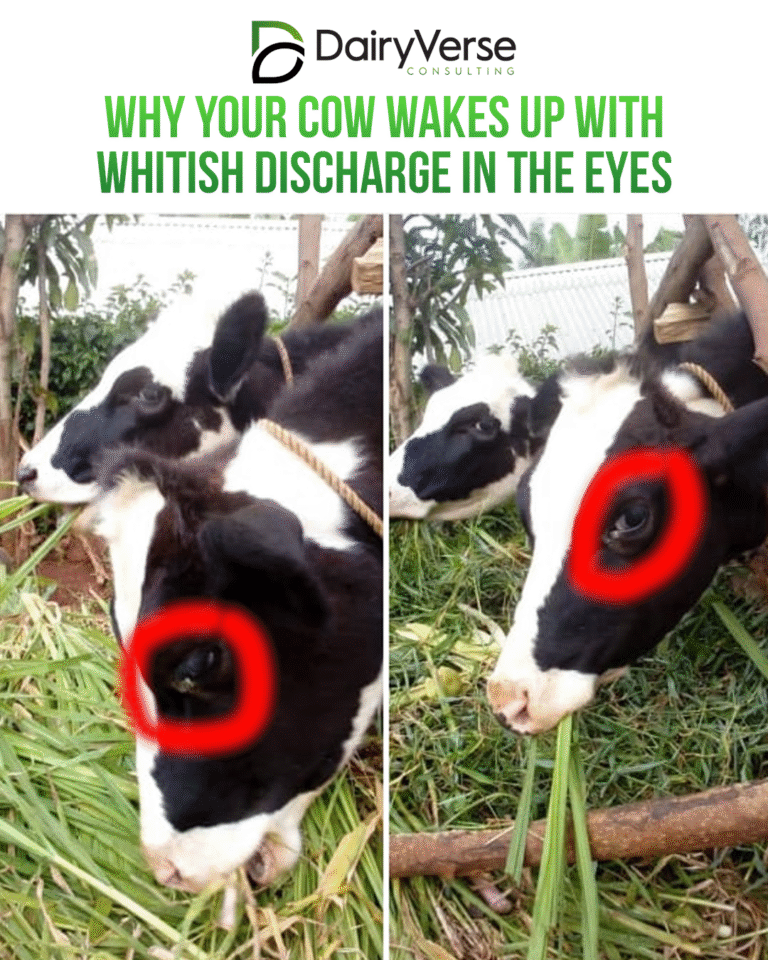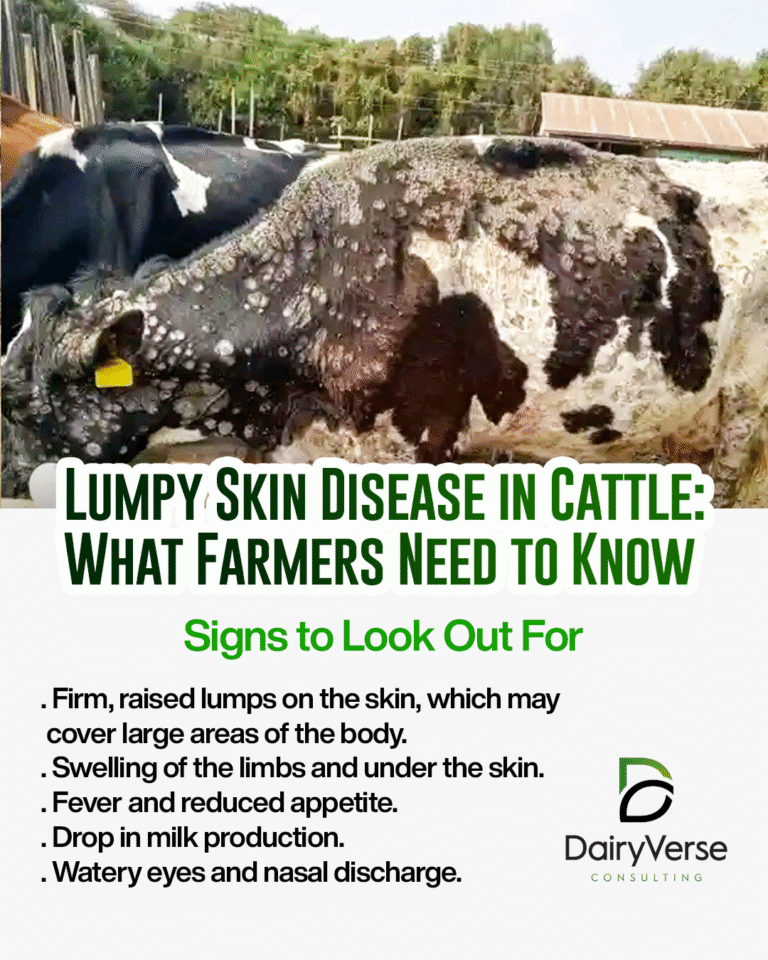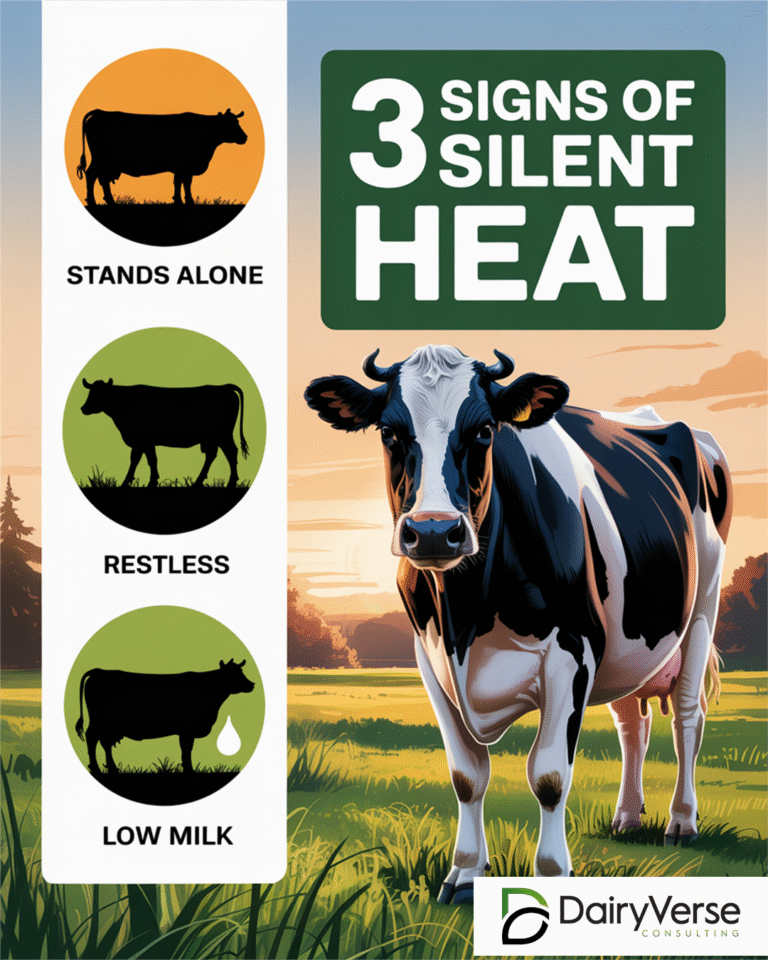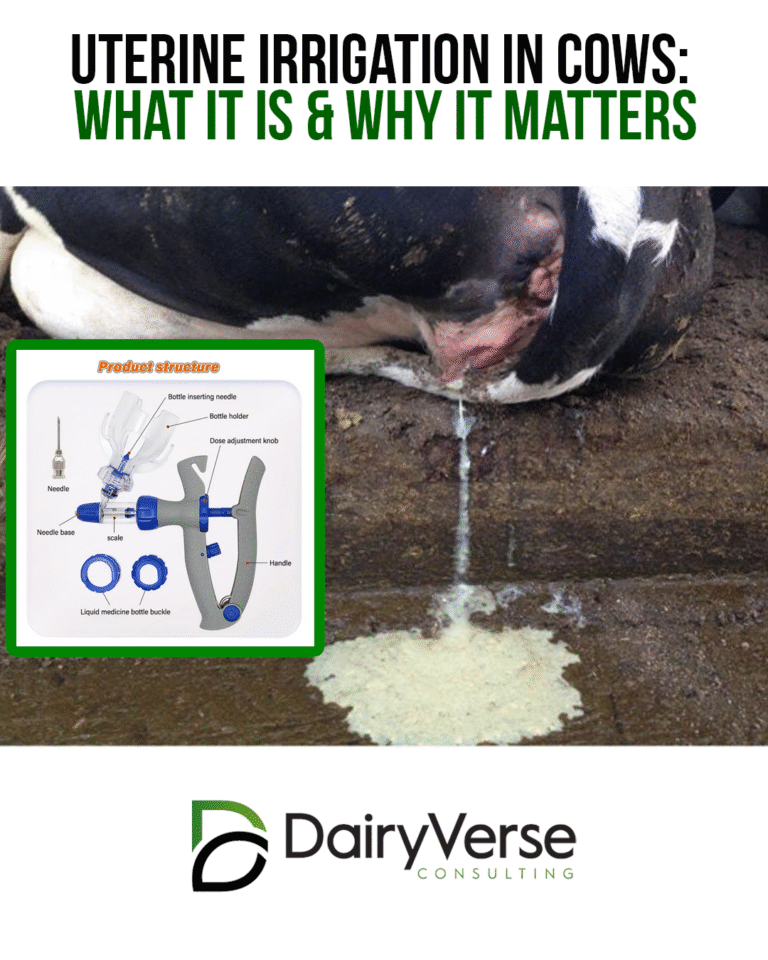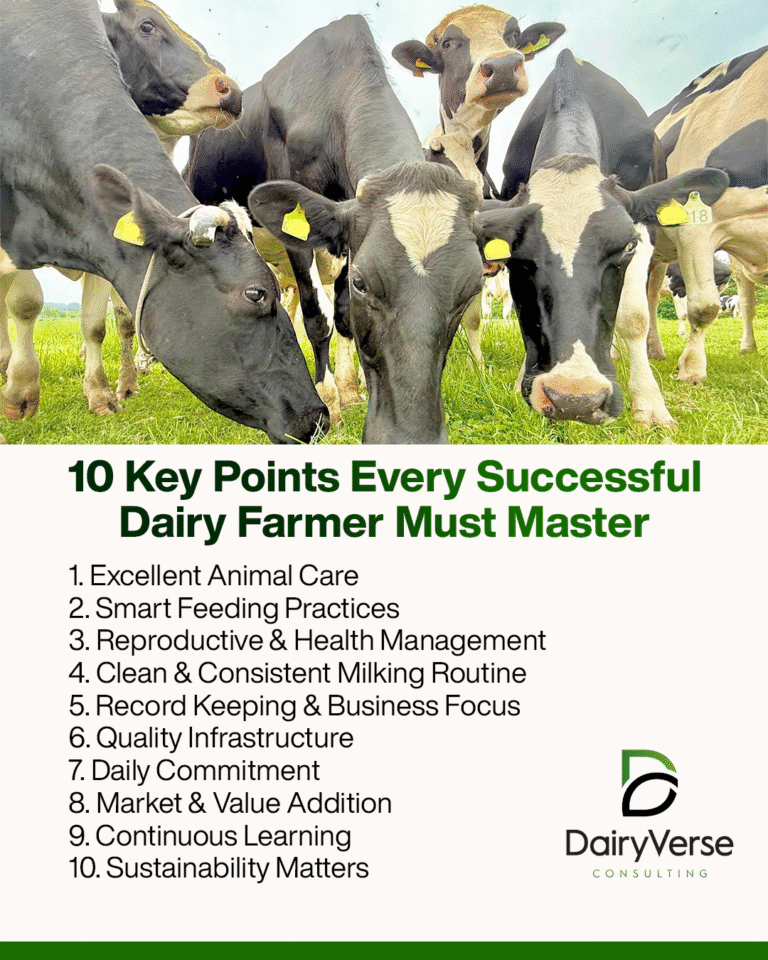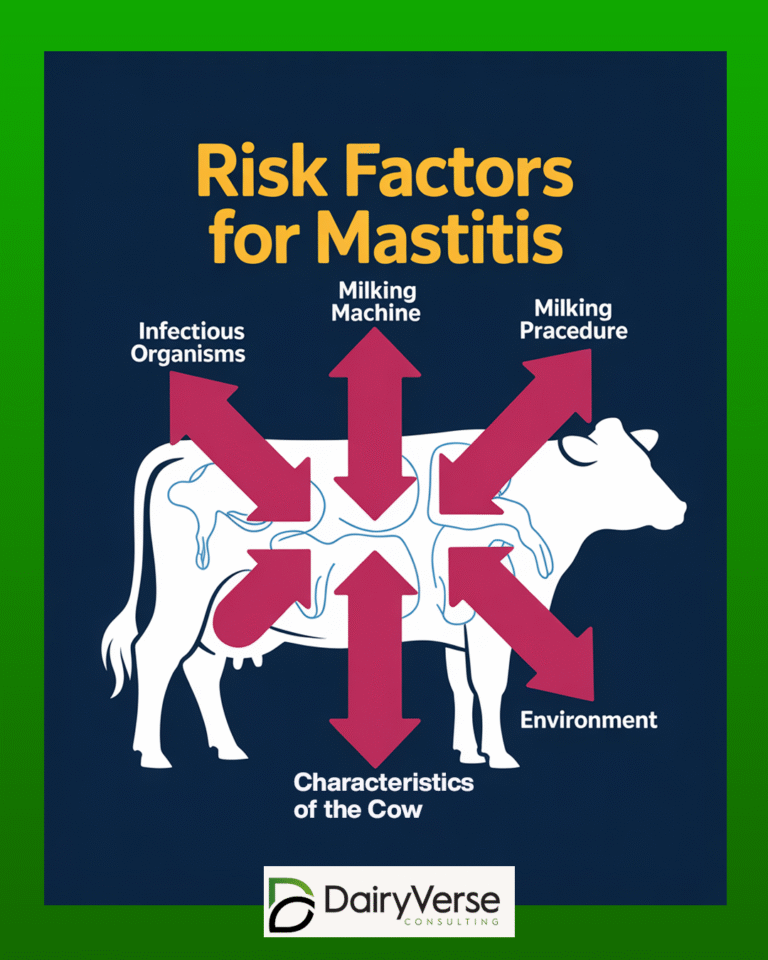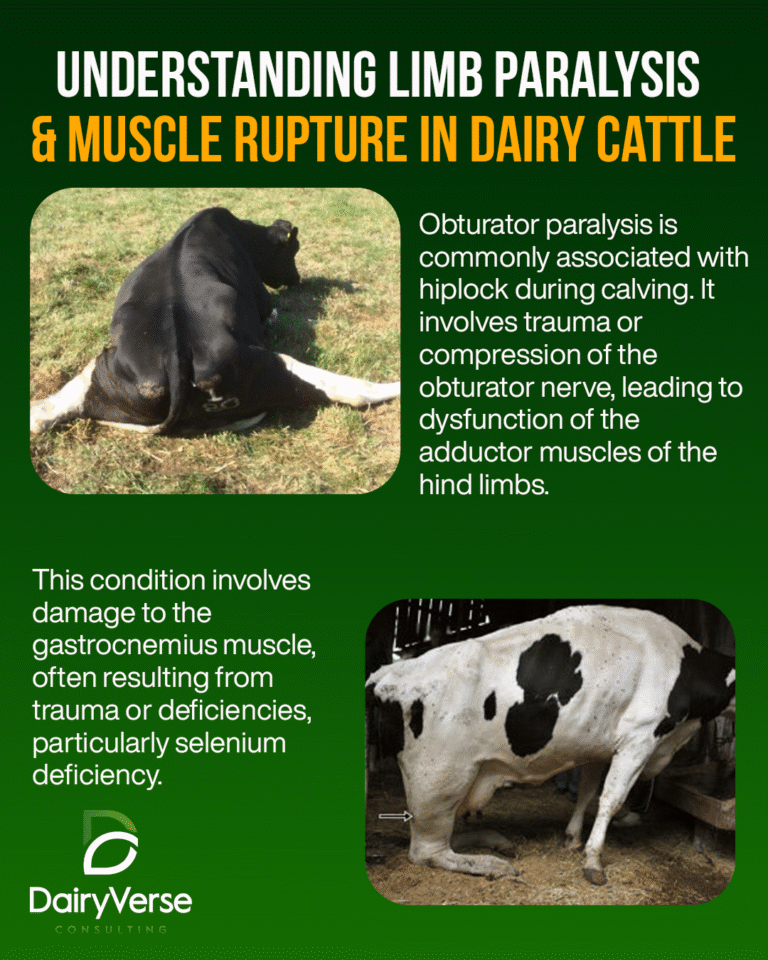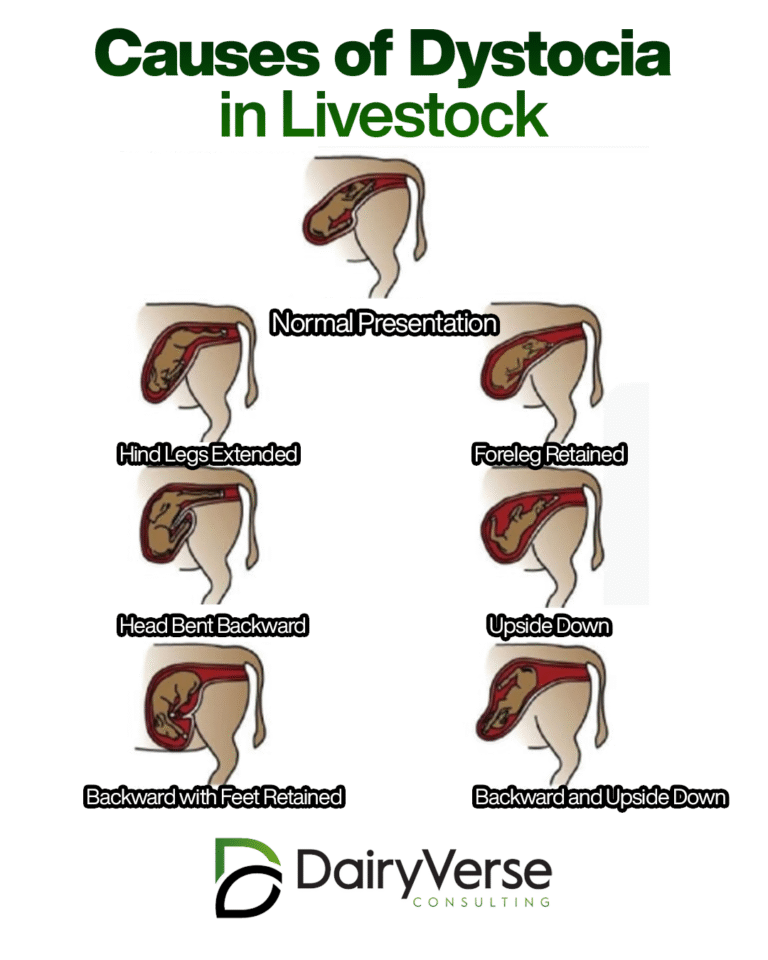Ketosis in Dairy Cows: Causes, Symptoms, and Prevention
Ketosis is one of the most common metabolic diseases in dairy farming, especially during the first few weeks after calving. It occurs when a cow’s energy demands for milk production are greater than the energy she takes in from feed.


